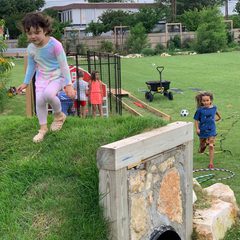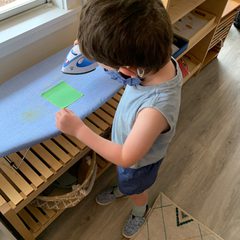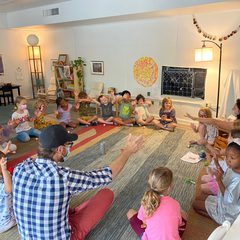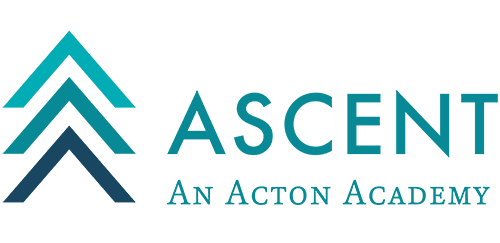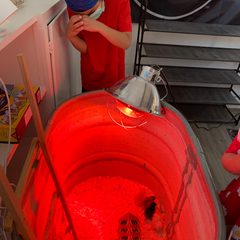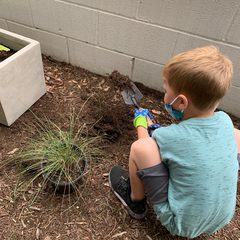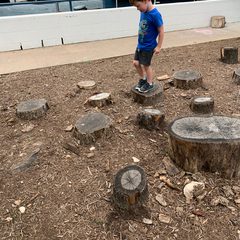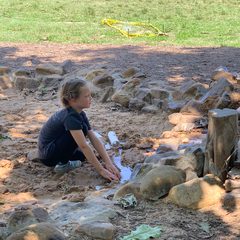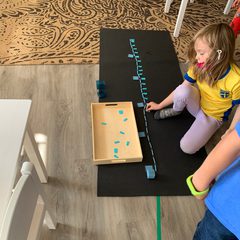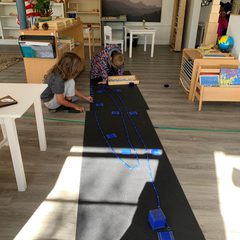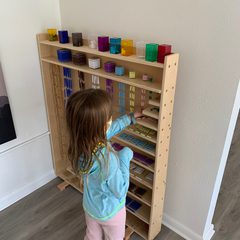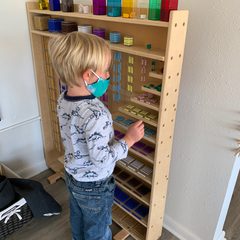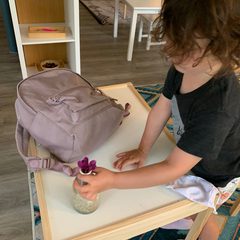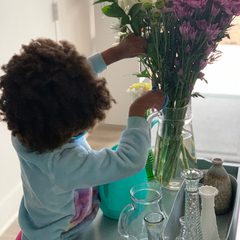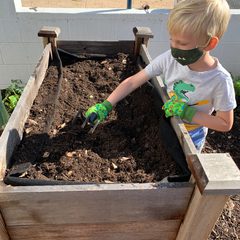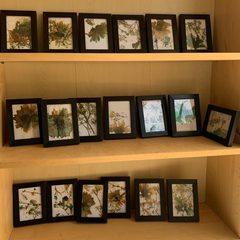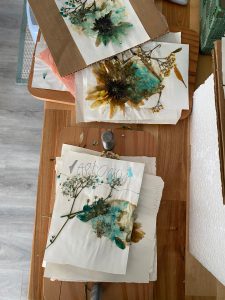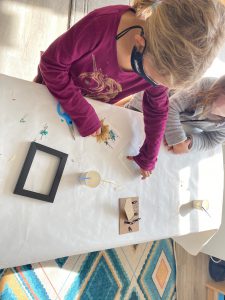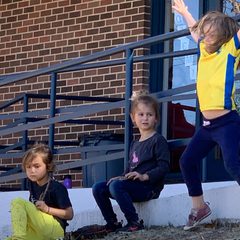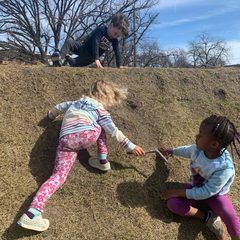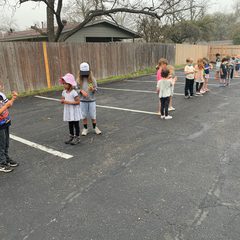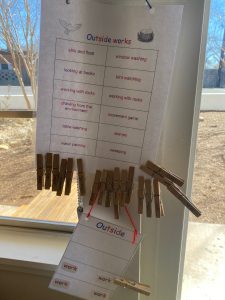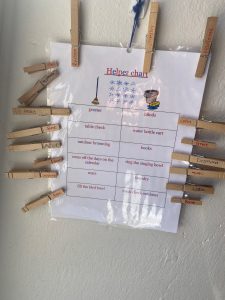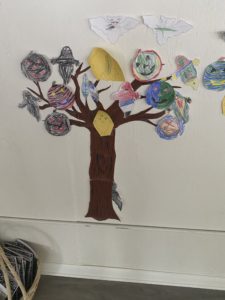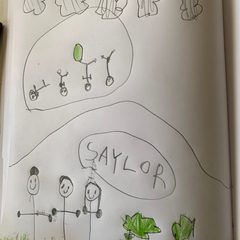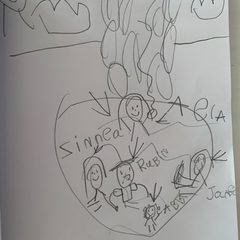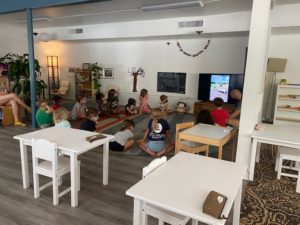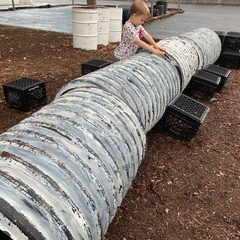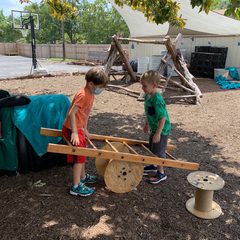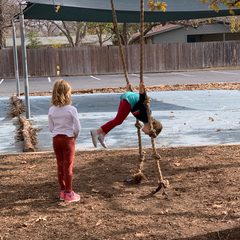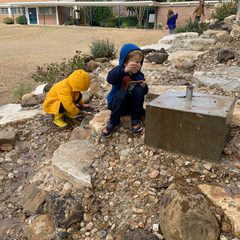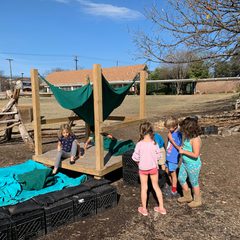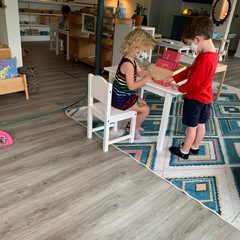Spark Insight Journal – Page 14 – Freedom and Boundaries
Ascent’s approach to freedom and boundaries at the Spark level, inspired by Maria Montessori, is an approach blended with compassion, observation, and clarity. Freedom is experienced through great choice within the prepared environment; boundaries come into introduction and practice via the grace and courtesy lessons which lay a clear foundation for respect for the studio space, respect for each living being, and the larger environment. When introducing a boundary, a guide’s goal is to be concise, clear, consistent, and bring in reason and safety for the whole group in our words and actions.
Some quick examples to explain the above would be –
- We use gentle hands to keep ourselves and others safe,
- We use walking feet in the studio; our hands are for helping, caring, working, and playing
- I see that you are upset but I can’t let you hit me.
- I am going to put this material away for now and you can try again tomorrow with gentle hands.
“The task of the adult then is not to inject or teach discipline, but to offer the child suitable forms by means of which he can individually and socially follow and express the dictates of his inner discipline.” (Joosten, p. 58).


